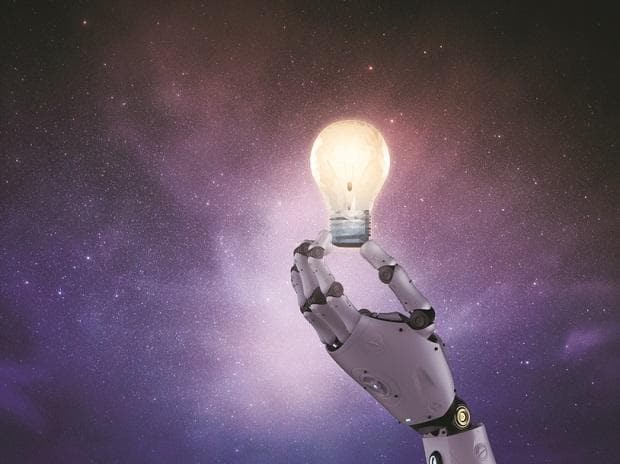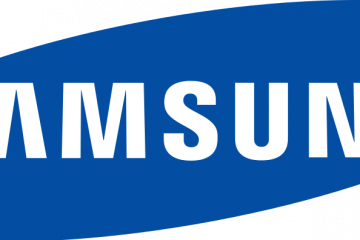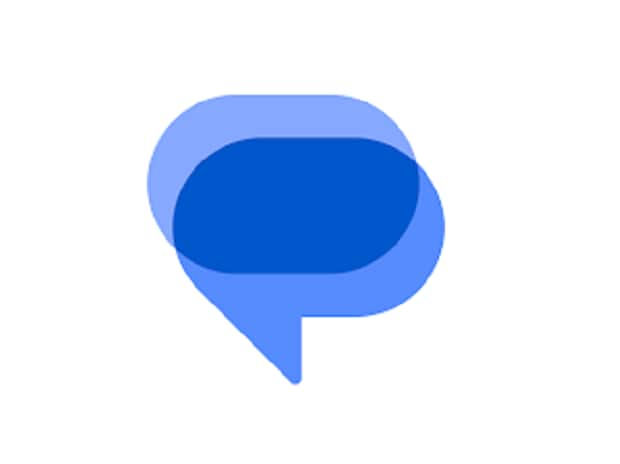By Tim Culpan
Artificial intelligence systems help us write essays, produce album art and translate languages. But the bigger impact from these technologies could be a shakeup of the entire software ecosystem, as a developers start to build their products around AI platforms instead of operating systems.
Alphabet Inc.’s Google and Microsoft Corp. are among those joining startup OpenAI in the rush to stake out territory in the nascent market for generative AI — systems that create content that mimics what a human may produce. So far, their attention seems to be on search, which finds and delivers information. Yet those companies, plus Apple Inc., need to look out for replacements to the more crucial platforms upon which much of their businesses are built.
At its most basic level, an operating system is merely a tool for managing various components of a computer, such as the processor, memory, storage, inputs (keyboard, mouse), and outputs (monitor, speakers). Handing off the administrative task of juggling system resources to the OS allows software such as an internet browser, social media app or photo editor to be simpler but also more stable.
The icons we see on the screen are merely the visible tip of the iceberg: Early operating systems such as those developed by Microsoft were simple text-based iterations with the grunt work happening behind the scenes. Today, Windows and Apple’s iOS offer standard frameworks for interacting with their platforms, allowing external developers to create software more easily. And they do a lot more, from managing battery levels and switching between apps to securely storing passwords.
Apple and Google have built so much functionality directly into iOS and Android that it’s sometimes hard to see where the OS ends and an app begins. The line has been blurred for decades. In the 1990s, Microsoft argued in defense of antitrust allegations that its Internet Explorer browser wasn’t a separate product but merely a feature of its Windows OS.
Crucially, these platforms are incompatible. With rare exceptions, software built for one OS cannot run on another. That has forced developers to either pick one, or create multiple versions of their products for each. That raises costs for software makers, but creates a walled garden for the OS providers who can charge license fees, dictate terms of use, and keep control of how they’re deployed.
A quarter-century later, developments in AI systems like OpenAI’s GPT-4 again offer a host of underlying technologies. Chatbot ChatGPT is one example, as are image creator DALL-E and voice-to-text transcription product Whisper. Each has an underlying AI model — in this case developed using neural networks — with the consumer-facing apps plugging into that.
As a result, we need to think of AI systems not as software, but as operating systems upon which applications will be built. Since releasing GPT-4 in March, dozens of companies have integrated Open AI’s model into existing services or built new ones on top. Language-learning app Duolingo, for example, uses it to offer role-playing scenarios to students. Morgan Stanley leverages it to collate investment information that then outputs answers via a chatbot.
Over time, third-party software developers will create products not for an operating system but for the specific AI model that best suits their needs. This is likely to establish a flywheel effect: As more software is created for an AI platform, the more that ecosystem expands — which in turn entices other application providers to join the party. A larger software catalog feeds larger reams of data back to the underlying model, making it even more powerful.
AI platform developers, such as OpenAI, Google and Microsoft, are now rushing to get their products out in order to capture the market, or at least not miss the boat. Amazon.com Inc. is also joining the fray. This week, it launched a suite of products for Amazon Web Services called Bedrock, allowing cloud customers to use tools developed through its partnerships with other AI firms, including Israeli text-generation startup A21 Labs, and British image generation player Stable Diffusion. Amazon’s position as one of the biggest cloud providers gives it a unique advantage in tying together generative AI services into an OS-style platform that clients can plug into.
Critical mass for each of these companies seeking to sell AI services will be both crucial and lucrative. Unlike current operating systems, which are static and don’t change with increased usage, AI-based operating systems could be dynamic and constantly learning.
What makes this approach likely very profitable is that these platforms can charge based on usage, not a flat fee. Over the past decade, software developers — especially those creating for mobile devices — have been shunted toward subscription-based pricing instead of one-time purchases. This is a replica of the software-as-a-service model long deployed for enterprise products. AI platforms taking on the role of operating systems could then give rise to OS as a service. Such an OSaaS model, with dynamic operating systems instead of the current static approach, would be harder to switch away from. This is akin to how clients can swap between cloud services like AWS, Microsoft Azure and Google Cloud, but often don’t because the time and cost is too prohibitive.
Viewed through this lens, the AI companies that grow the biggest won’t necessarily be those with the best chatbots, but those that ensure their models are easiest to plug into and with the widest array of use cases. In time, the industry will learn that products like GPT-4 are far more important than cute and chatty search engines.
Disclaimer: This is a Bloomberg Opinion piece, and these are the personal opinions of the writer. They do not reflect the views of www.business-standard.com or the Business Standard newspaper
Note:- (Not all news on the site expresses the point of view of the site, but we transmit this news automatically and translate it through programmatic technology on the site and not from a human editor. The content is auto-generated from a syndicated feed.))



